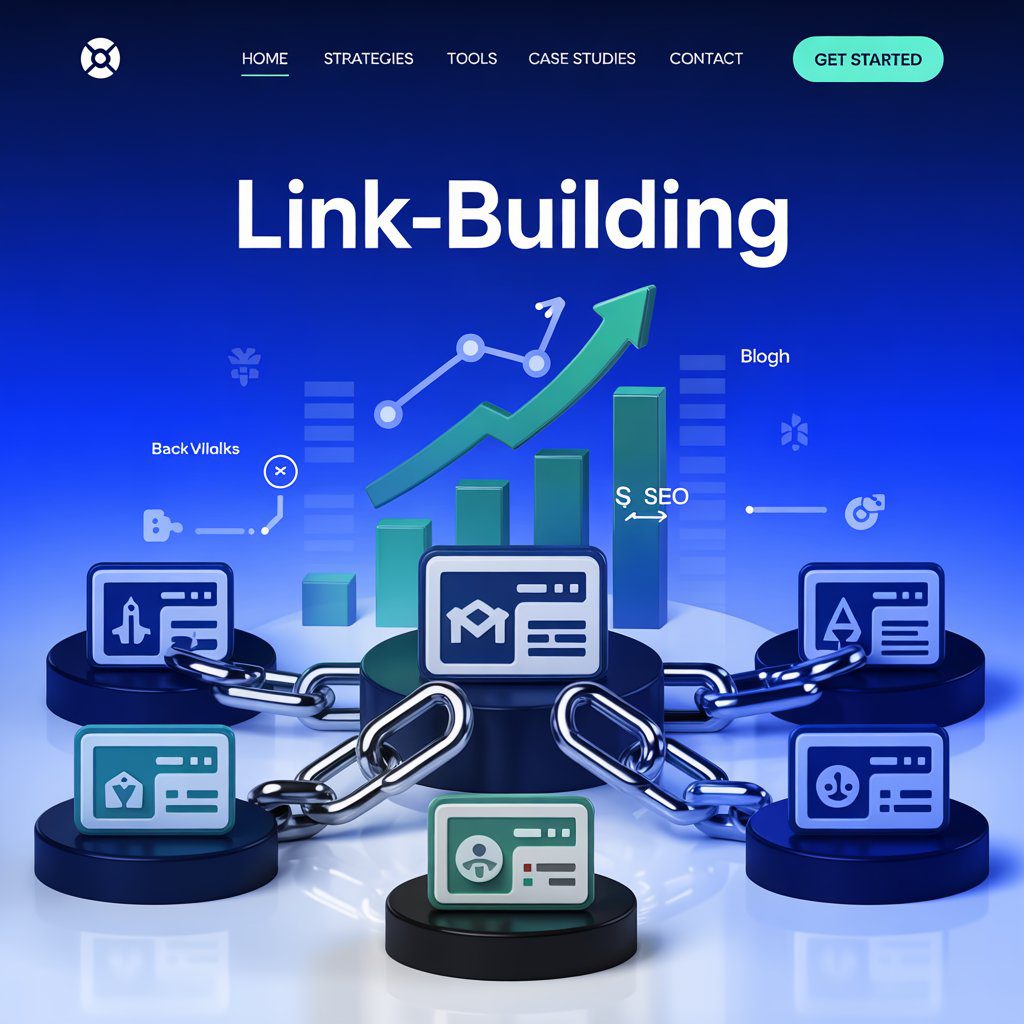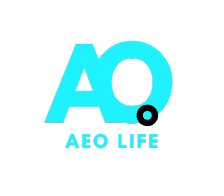Helpful Blogs
How to Create an Effective Link Building Strategy

Link building remains a cornerstone of successful SEO strategies. High-quality backlinks signal to search engines that your content is trustworthy, authoritative, and valuable. However, creating an effective link-building strategy requires more than just acquiring random links. It demands a well-planned approach that targets relevance, quality, and diversity.
In this blog, we’ll guide you through all the essential steps to developing a powerful link-building strategy that drives organic traffic, strengthens your site’s authority, and boosts your search rankings.
1. Why Link Building Matters in SEO
Links are one of Google’s top three ranking factors. A strong backlink profile can significantly improve your domain authority and visibility in search results.
Effective link building helps you to:
- Increase organic search traffic
- Improve brand credibility and reputation
- Boost keyword rankings
- Drive qualified referral traffic from authoritative websites
- Enhance your website’s crawlability and indexing
Without a strong link-building foundation, achieving sustainable SEO success in competitive industries becomes much harder.
2. Set Clear Link Building Goals
Before launching a link-building campaign, it’s crucial to define clear goals.
Common link-building goals include:
- Boosting rankings for specific high-converting pages
- Building overall domain authority
- Driving referral traffic from niche communities
- Enhancing your brand’s visibility in the market
Clear goals shape your tactics and help measure campaign success with the right KPIs, such as the number of links earned, referring domains, or referral traffic.
3. Identify Your Target Pages and Audience
Not every page on your website needs backlinks. Focus your efforts on strategic target pages like:
- High-value blog posts
- Landing pages
- Product or service pages
- Evergreen content
Understand your audience’s pain points and interests.
Identify what type of content they are searching for and where they spend time online.
This understanding ensures your link-building outreach connects better and yields higher success rates.
4. Analyze Competitor Link Profiles
A smart link-building strategy includes analyzing your competitors.
Use tools like:
- Ahrefs Site Explorer
- SEMrush Backlink Analytics
- Moz Link Explorer
Find out:
- Who is linking to them?
- What content earns them the most links?
- Are there industry directories or resource pages on which they are listed?
You can replicate their winning strategies or find gaps where your content can outperform theirs.
5. Create High-Value Linkable Assets
To naturally attract backlinks, you must create linkable assets such as:
- Original research or case studies
- Long-form guides and how-tos
- Infographics and data visualizations
- Interactive tools like calculators
- Viral content like quizzes and surveys
If your content offers unique value, others will willingly link to it without heavy outreach.
6. Outreach with Personalization and Relevance
Link-building success depends heavily on effective outreach.
Tips for better outreach:
- Personalize every email — mention the recipient’s content
- Explain why your content is a valuable addition
- Suggest specific linking points (not general requests)
- Be polite and non-pushy
The more human your outreach, the more likely you are to secure high-quality backlinks.
7. Leverage Guest Posting
Guest blogging is still one of the safest and most effective link-building methods.
Contribute genuine, valuable articles to authoritative blogs in your niche.
Make sure:
- The guest post provides unique value
- The link is placed naturally inside the content
- You build relationships with editors for future collaborations
Guest posting boosts your backlink profile while establishing your brand authority.
8. Implement Broken Link Building Tactics
Broken link building is an underused but effective tactic.
Steps to follow:
- Find broken external links on relevant blogs and resource pages (use the Check My Links plugin or Ahrefs Broken Link Checker)
- Reach out to site owners.
- Offer your relevant content as a replacement.
You help them improve their site, and in return, you get a quality backlink—a true win-win.
9. Use Resource Pages and Link Roundups
Resource pages and curated link roundups exist specifically to link to valuable content.
Look for phrases like:
- “Top Tools for [Industry]”
- “Ultimate Guide Lists”
- “Best Resources for [Topic]”
Submit your high-quality resources to be included in these lists.
Provide a genuine reason why your content deserves to be on the list.
10. Track, Analyze, and Adjust Your Link Building Efforts
Always measure the success of your link-building campaigns.
Track metrics like:
- New referring domains
- Domain authority growth
- Changes in organic traffic
- Increases in keyword rankings
- Referral traffic numbers
Adapt your strategy based on the data. Double down on methods that work, and refine or discard methods that don’t produce results.
11. Avoid Black Hat Link Building
Never engage in black-hat SEO tactics like:
- Buying backlinks
- Joining link farms or PBNs
- Using automated link-building tools
These shortcuts may seem tempting but can lead to Google penalties or even permanent deindexing.
Always prioritize quality over quantity.
Final Thoughts
Link building is about creating a strong reputation, not gaming the system.
Producing valuable content, establishing authentic relationships, and offering genuine value to your niche will help you naturally earn high-quality backlinks over time.
Consistent, ethical link-building leads to higher domain authority, better rankings, and sustainable organic growth — the fundamental goals of SEO.
